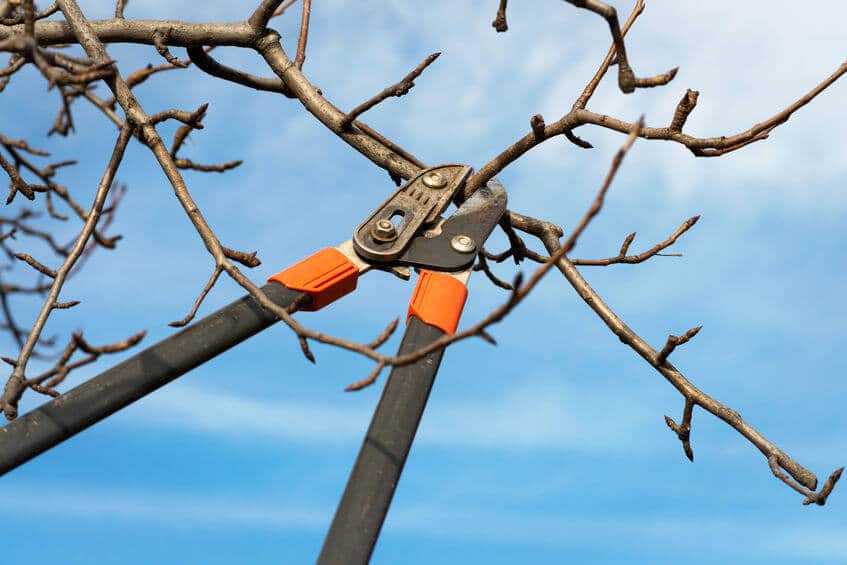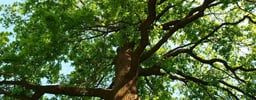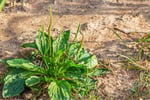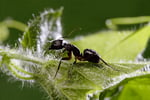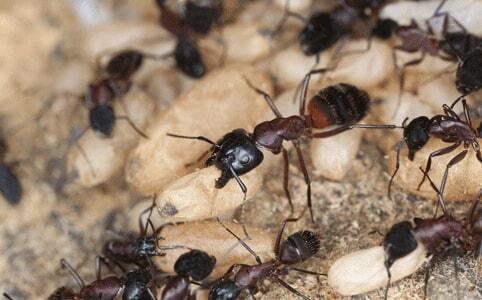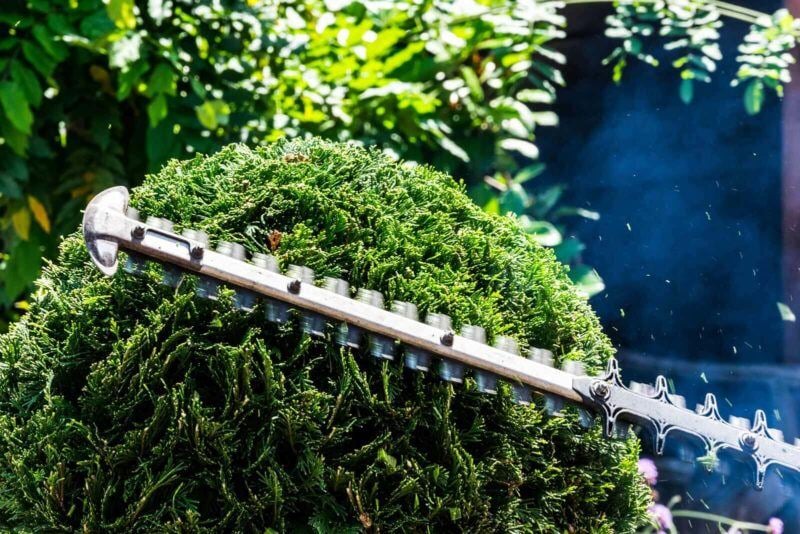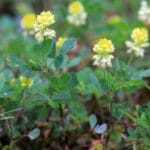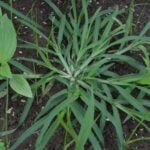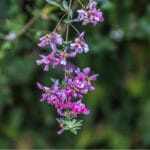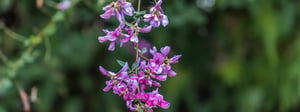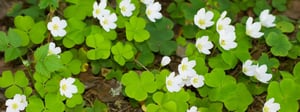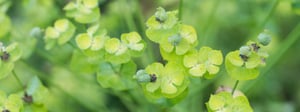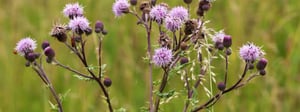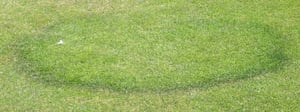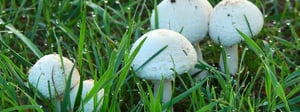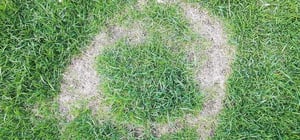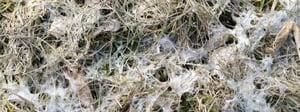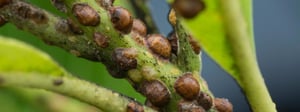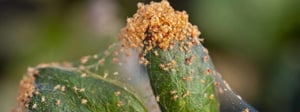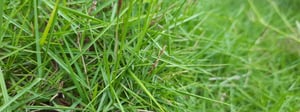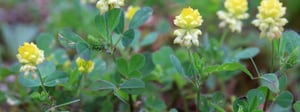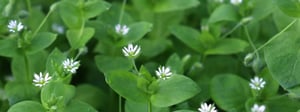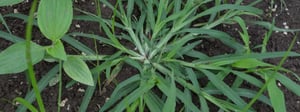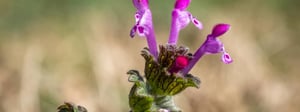Bull Thistle (Spear Thistle/Common Thistle)
Bull thistle is an especially noxious weed due to its ability to crowd out native plants and thistles. Introduced to the United States from Europe and Western Asia, this non-native thistle species is robust, with strong, sturdy stalks up to 7 feet tall.
Purple flower heads grow from the needled, winged stems in late summer and range from round to more oval in shape (usually between 1.5” and 2” long/wide). Spiny bracts surrounding the flower are small and dense. The surfaces of Spear Thistle leaves are often prickly, but fine, soft hairs cover their undersides.
Canada Thistle
Canada Thistle is another invasive species of thistle introduced to North America by way of Europe. A strong stalk enables it to grow up to 5 feet tall. Its hefty root system makes it difficult to pull, and is known to spread many feet across and as far down as a full-grown man.
Buds on this particular thistle lack spines and range from pink to purple, blooming throughout summer. Canada thistle frequently grows in patches, with roots that tangle into other plants, and usually has dull green, thick leaves. It’s important to nab this culprit the second you see it begin to sprout.
Milk Thistle
Hardy, and more on the short side (as far as thistle height is concerned) milk thistle’s elongated leaves are hairless, but have spiny edges and marbled with white veins. The spiny bracts around the flower heads are wider and less dense than those found on bull thistle.
This particular thistle grows more stout – only reaching heights of 3 feet. Its flowers are unique in shape and light purple in color, blooming in summer as rounded disks with long, thin hairs extending beyond a dense puff ball. On occasion, you may run into milk thistle with a white flower variety.
Nodding Thistle
Nodding thistle gets its name from the curved bow the stem tends to take on as its flower blooms. Loaded with large, sharp, whirled bracts around the base of each reddish-purple bloom, these thistles are showy and grow from unbranched stems.
Scottish Thistle (Cotton Thistle, Scotch Thistle, Woolly Thistle)
Scottish thistle, sometimes called Cotton Thistle, Woolly Thistle, or Scotch thistle, is native to Scotland and the nation’s national flower. Invasive to North America, it can grow up to 12 feet high. Its stems are covered in spine hair and branch out into many wings that each carry a bud or bloom.
Leaves of Scottish Thistle are somewhat similar to those of bull thistle: spiny along the edges but covered with dense hair on top as well as underneath. Unlike other thistles, Scottish thistle flowers are flat, not domed. Their colors, however, are hardly unusual and range from light purple to deeper reddish-purple hues.
Sow Thistle Weed
Often confused with dandelions, Sow Thistle grows yellow flowers that grow into “wishing flowers” so it’s easy to see where the confusion comes from. Unlike dandelions, however, many sow thistle flowers grow from a single stalk, instead of just one. Sow thistle flower petals have toothed tips and leaves with spines. As an implant from Europe, Sow Thistle is considered an invasive species and should be removed as quickly as possible.


